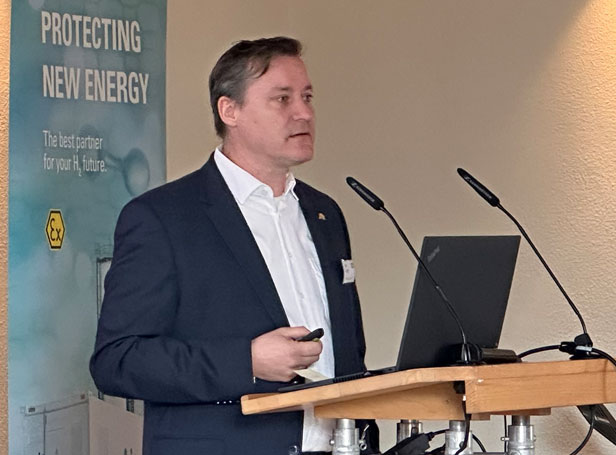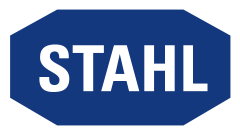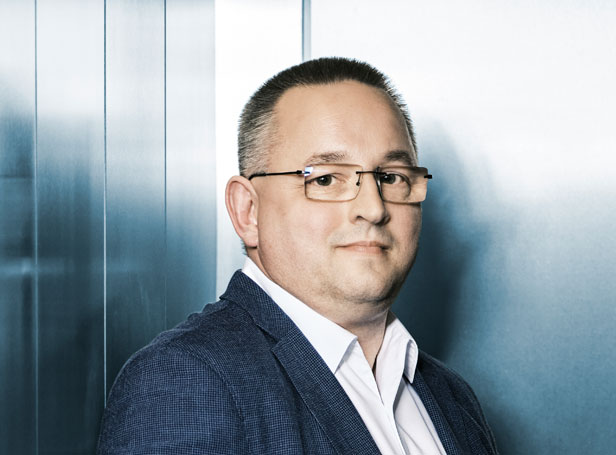Machines that tell their own story – from manufacturing to usage to recycling. Sounds like science fiction? For participants of the first R. STAHL Digital Twin Days, this vision became a tangible reality. Experts from industry, research, and associations demonstrated how digital twins, asset administration shells, and digital product passports (DPP) are already making their way into production facilities. The result: processes become more transparent, data becomes efficiently usable, sustainability becomes measurable – and innovation in Industry 4.0 becomes directly implementable.
Industry 4.0 Becomes Tangible
The first R. STAHL Digital Twin Days provided a platform for renowned experts from industry, research, and associations to discuss the practical benefits of digital product passports (DPP) and Asset Administration Shells (AAS) in Industry 4.0. The goal of the event was to show how these technologies automate data flows, promote sustainability, and prepare companies for upcoming EU regulations in 2026. With practical examples and demonstrations, it became clear that digital twins and standardized data models are no longer theoretical future concepts, but are already being applied in real industrial environments.
“The digital product passport will become a central technology of Industry 4.0, enabling transparency, efficiency, and sustainability,” emphasized Dr. Stefan Schork of ZVEI. The DPP consolidates all product information — from manufacturing, material usage, and operation to repairability and recycling — in machine-readable form, enabling automated data exchange across systems. Standardized interfaces such as QR codes and asset administration shells simplify integration into existing production and building systems. Particularly the ability to make sustainability performance transparent makes the DPP indispensable: “Sharing resource usage not only builds trust — it also opens new business models for repair, upgrades, and sustainable product design.”
Efficiency Through Digital Data Chains
Dr. Carl-Philipp Ding from the Digital Data Chain Consortium demonstrated how digital twins are used in large industrial projects. Traditionally, up to 80% of relevant data between asset management, assembly, maintenance, and engineering gets lost. Digital twins link physical objects with their digital information, making all data efficiently usable — regardless of who accesses it. “Even partial implementations deliver immediate value,” said Ding. Harmonizing standards such as VDI 2770 and the Asset Administration Shell enables data exchange and interoperability across companies.
Open-Source Solutions for Simple Implementation
Frank Schnicke from Fraunhofer IESE showed how open-source platforms like BaSyx simplify digital applications and AAS usage. The platform enables standardized data collection, validation, and sharing without deep technical expertise. Applications range from production processes to critical infrastructure monitoring. Schnicke emphasized: “Eclipse BaSyx is not just a technical platform, but a community-driven initiative – companies learn from best practices and jointly develop standards.”
Integration into Engineering Processes
A core topic was efficiency in engineering. Constantin Liepert and Siegmund Broja (Siemens Industry Software) presented how AAS integration in the PLM software Teamcenter and COMOS drastically reduces manual workload. Engineers no longer need to gather data from various sources manually, but can retrieve, verify, and integrate it centrally. “Using AAS can save engineers up to 60% of their time,” they explained.
Henry Bloch and Richard Zielinski from Aucotec also highlighted the benefits of a cooperative platform covering all phases from planning to data handover. Standardized submodels within the AAS ensure consistent data structures, support traceability, and simplify customer integration — customers can view project progress without relying on emails or PDFs.
Johannes Geyrhalter from EPLAN added that standardized data flows are the foundation for AI applications. With AAS, production notifications, end-of-life detection, and automatic project adjustments become possible. “The goal is a continuous digital value chain from component selection to operation.”
Digital Twins as Tools for Planning and Operation
Prof. Dr. Michael Hoffmeister from IDTA highlighted the role of digital twins in frontloading: processes are simulated during planning before physical machines are built. This allows early detection of errors and prevents costly rework. Digital twins are implemented as modular administration shells covering mechanics, electrical systems, and software. “The technologies are ready to use — now we need to scale them,” he said.
Standardization Drives the Ecosystem
Sebastian Schröder of DKE emphasized that standards and DPPs act as accelerators for the entire ecosystem. Administration shells integrate regulatory requirements such as Ecodesign and the Cyber Resilience Act, creating a standardized, decentralized data foundation.
Britta Waligora from conplement shared practical experiences: starting with small product groups enables a gradual, resource-efficient transformation. “Start small, expand continuously, and involve partners.”
Process Industry: Efficiency and Compliance
Michael Riester (Endress + Hauser) showed how digital twins and AAS increase efficiency in the process industry: improving information availability, product quality, and resource usage. Removing manual interfaces streamlines workflows. Pilot projects show measurable benefits. “Courage to experiment, step-by-step strategies, and close collaboration are key,” Riester emphasized.
Ronny Becker from IGR demonstrated how NOA and AAS automate intrinsic safety documentation — sensor data, serial numbers, and certificates flow directly into applications, saving time and reducing risk.
Digital Twins in Complex Plants
Martin Mayer from ZETA illustrated the use of physical digital twins for cleanroom processes and maintenance planning. Simulations, 3D visualization, and standardized modules enable predictive planning and efficient training. “Technology alone isn’t enough — people must be able to use it,” Mayer stressed.
Conclusion: Break Down Silos, Share Data, Secure the Future
The R. STAHL Digital Twin Days clearly showed that data flows, standardization, and digital twins will shape Industry 4.0. Data silos must be dismantled, and innovations must be consistently implemented in real operations. Practical examples demonstrated measurable improvements in efficiency, compliance, and sustainability.
“Those who adopt digital twins early save time, resources, and increase transparency across the entire value chain,” summarized Roland Dunker, Head of Digital Services at R. STAHL. The combination of technology, open standards, and practical implementation forms the foundation of an efficient, sustainable, and future-proof Industry 4.0.
The R. STAHL Digital Twin Days were therefore a successful start to collaboration between research, industry, and users — showing clearly that digital transformation only succeeds when technology, standards, and people work together.
Further Reading:
These articles might also interest you







![[Translate to Englisch:] [Translate to Englisch:]](/fileadmin/user_upload/mitarbeiter/01_DE/07_Blog/00_Allgemein/blog-explosionsschutz-rstahl-startseite-279x205.jpg)
![[Translate to Englisch:] [Translate to Englisch:]](/fileadmin/user_upload/mitarbeiter/01_DE/07_Blog/00_Allgemein/blog-explosionsschutz-rstahl-ueber-den-blog-279x205.jpg)
![[Translate to Englisch:] [Translate to Englisch:]](/fileadmin/user_upload/mitarbeiter/01_DE/07_Blog/00_Allgemein/blog-explosionsschutz-rstahl-autoren-279x205.jpg)
![[Translate to Englisch:] [Translate to Englisch:]](/fileadmin/user_upload/mitarbeiter/01_DE/07_Blog/00_Allgemein/blog-explosionsschutz-rstahl-newsletter-expert-mail-279x205.jpg)
Write new comment